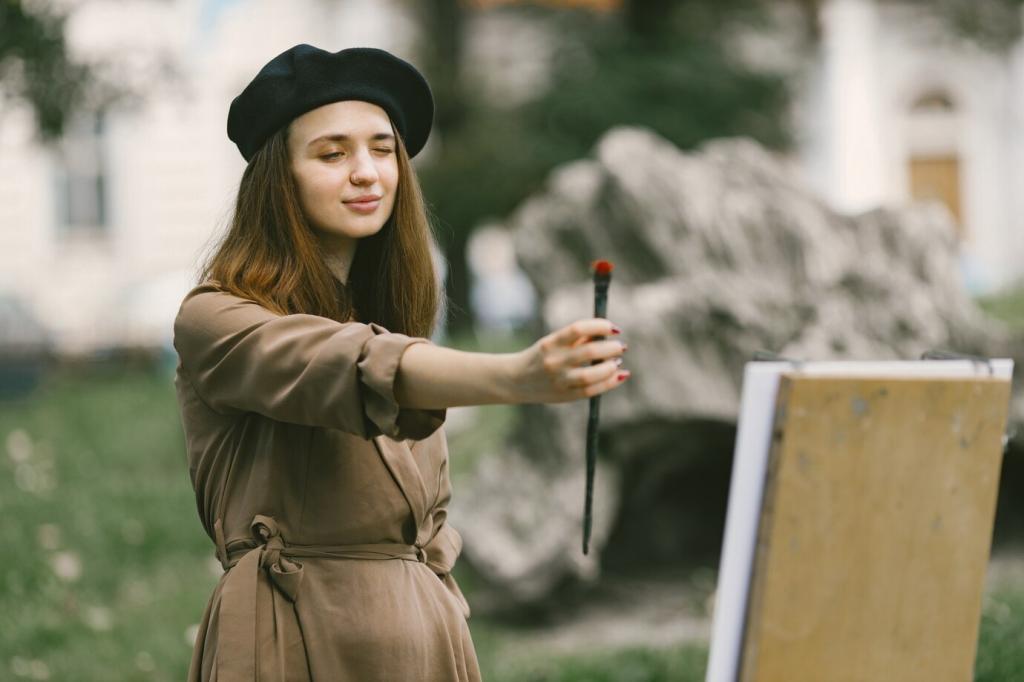How Art Shapes Contemporary Interior Spaces
Art has become a defining element in the evolution of contemporary interior design. Beyond mere decoration, it serves as a catalyst for expression, atmosphere, and identity within a space. The seamless integration of artistic elements into interiors bridges the gap between functionality and aesthetics, resulting in environments that are as inspiring as they are habitable. As designers and homeowners increasingly prioritize individuality and emotional resonance, art’s role in shaping the narrative and energy of our living spaces has never been more significant.
Art as a Source of Inspiration in Modern Interiors
Evoking Emotion and Atmosphere
Art has an unparalleled ability to evoke powerful emotional responses from those who encounter it. Whether it’s a vibrant abstract painting or a contemplative sculpture, these pieces set the mood for an entire room. Designers frequently select artwork that communicates a specific atmosphere, from energetic and dynamic to serene and reflective. The emotional undertones of art become the heartbeat of a space, guiding choices in lighting, furniture, and even architectural detailing, ultimately creating a cohesively expressive environment.
Guiding Color and Material Choices
A single piece of art can determine the entire color story within a contemporary interior. Designers often draw from the hues and textures present in an artwork to inform their selection of wall treatments, fabrics, and finishes. The result is a tailored composition that feels harmonious and intentional, with every material working in dialogue with the featured artwork. This approach ensures that the interior is not only visually balanced but also authentically connected to the owner’s taste and personality.
Defining Focal Points and Layouts
In contemporary spaces where open plans and minimalism prevail, art often serves as a crucial focal point. Its placement within a room can dictate flow and arrangement, with furnishings oriented to maximize the artwork’s visibility and impact. Beyond guiding where sofas or tables might be placed, art’s presence can redefine spatial hierarchies, subtly shifting the weight and movement throughout an interior. This reimagining elevates the artwork from a decorative layer to a central organizing principle.
The Intersection of Function and Artistic Expression
Art-Infused Furnishings
The line between art and furniture has blurred, with many contemporary pieces serving dual purposes as functional objects and sculptural works. Designers collaborate with artists or draw inspiration from artistic trends to create furnishings that are as visually arresting as they are practical. A chair, a table, or a light fixture can take on the qualities of a gallery-worthy installation, transforming routine activities into immersive aesthetic experiences that heighten daily living.
Innovative Surface Treatments
Walls, floors, and ceilings in modern interiors are frequently treated as blank canvases for artistry and innovation. Custom murals, graphic wall coverings, and textured surfaces inspired by contemporary artists bring dimension and intrigue to what might otherwise be overlooked expanses. These creative treatments shift boundaries, making architecture and art inseparable, and encourage inhabitants to engage with their surroundings in new and tactile ways that transcend traditional decoration.
Integrating Technology and Art
Technological advancements have introduced dynamic, interactive art forms directly into interior spaces. Digital installations, projection art, and responsive design elements create fluid environments that can change in real-time according to mood, time of day, or user input. This melding of art and technology not only reflects the pace and personality of modern life but also allows for constantly evolving interiors that surprise and inspire occupants with each interaction.


Previous slide
Next slide
